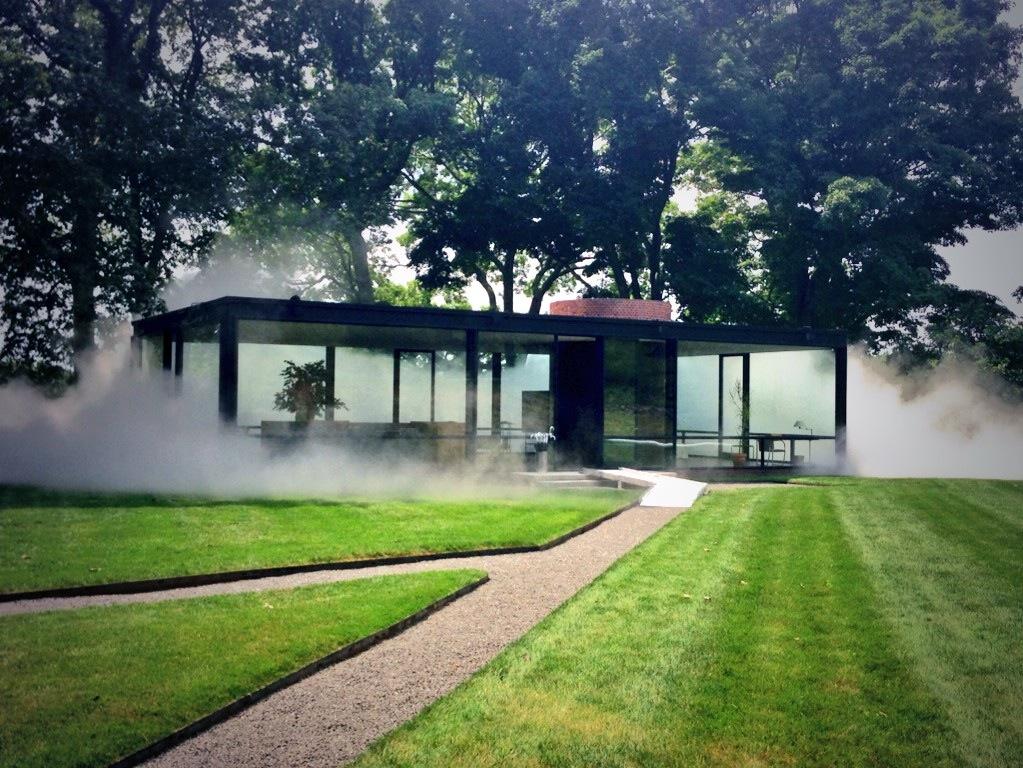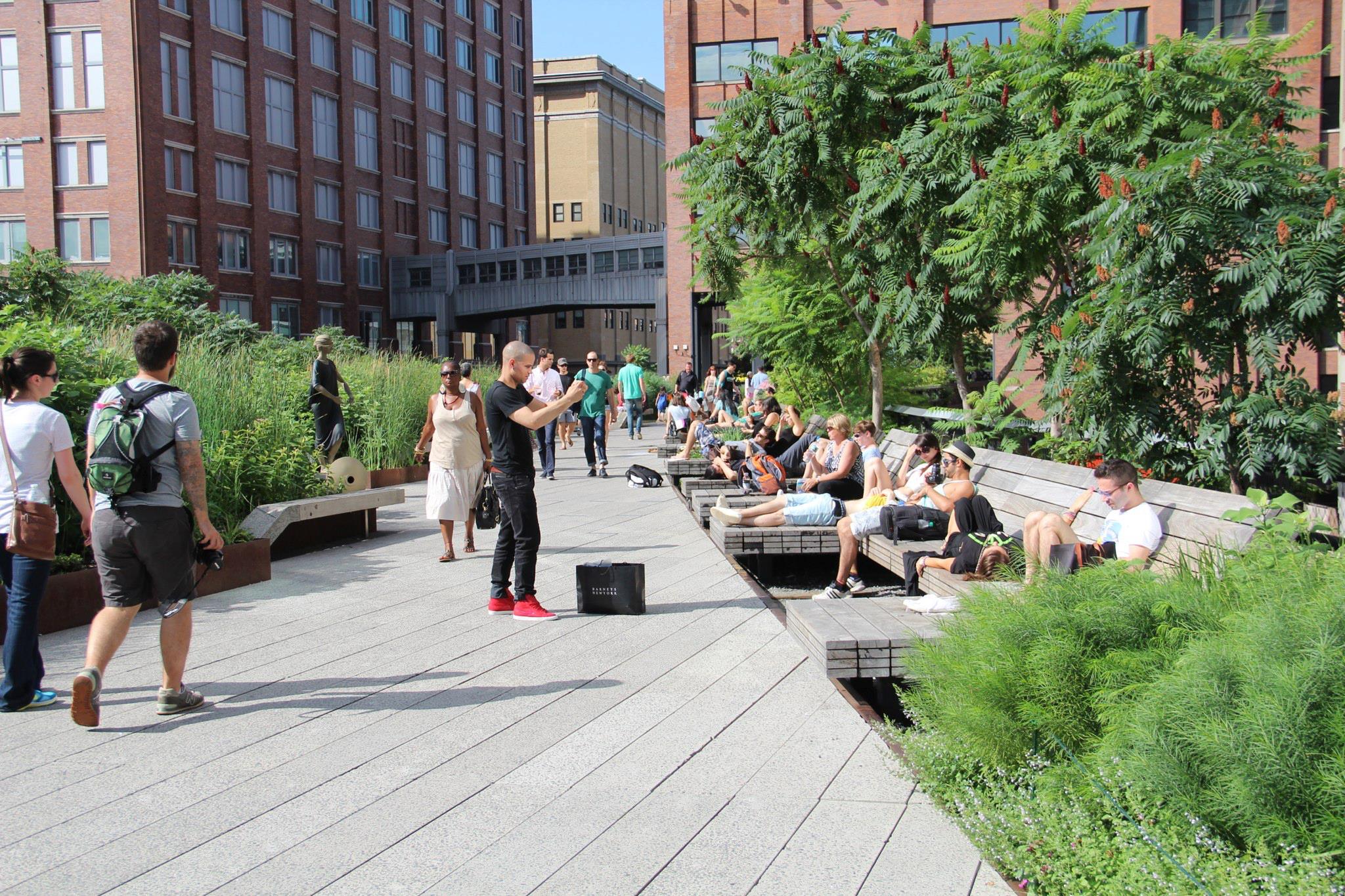by Marilyn Moedinger, AIA, LEED AP
There is a weight on my shoulders. It’s heavy and slows me down, and even though I didn’t put it there, I get blamed for it. “Drop that chip on your shoulder, why don’t you?” they say. I’d love to.
I’ve learned a lot about the weight in the 10 years I’ve been working in architecture, academia, and construction. I’ve learned that the first thing that some people do when they see me is add to the weight. Maybe it’s a brick that says “girl” or “chick” or “little lady” on it. Or maybe one that says “bitch,” or “bubblehead,” or “boobs,” or maybe it says “weak,” or “wayward,” or “whiner,” or perhaps “inconsequential,” or “incompetent,” or “invisible.” When I see them add the brick, I know how to react now. I’ve had a lot of practice. “Ah yes,” I think to myself, “I’ve seen this before. Since this person will only see me in a physical way, I have to change what I wear, make sure there’s nothing that can be construed as remotely sexy, but still feminine, but still ready to tromp through a construction site, yet still cool and professional. No worries, I have a whole section of my wardrobe labeled ‘Professional Clothing That’s Not Too Clingy But Also Isn’t A Gunny Sack.’” And as a result of our stiflingly patriarchal culture, it’s my responsibility to think of all these things and react to them to effortlessly bear the expectations of others, to breezily mold myself into a "culturally accepted female" - all while having a likable disposition, perfect hair, and a great sense of humor.
And oh yeah, almost forgot – to design and bring multimillion dollar, multi-year jobs in on time and under budget.
It’s hard not to focus on the weight, on the bricks others add to my shoulders. The injustice is searing, frustrating, and insulting. My 8 year old self strode weightless and confident through the fields of her family farm. She climbed trees, got muddy, tried to install plumbing at her playhouse - and dreamed up cities and couldn’t wait to build them. She would be both in awe of my accomplishments, and horrified at their price. Over the years, I’ve started to believe those things – maybe I am less capable, maybe I am better suited to a supporting role, maybe my ideas aren’t worth sharing. When does that happen? When do we become so conscious of how others perceive us that we’re paralyzed, rendered stock still by the weight of societal expectations and norms?
And yet. As a white, heterosexual, able-bodied person, I can move easily within many culturally accepted norms. How have I added to the burdens of others over the years by making assumptions, perpetuating stereotypes, being an insensitive, unobservant bull in the china shop? I know of many, and it’s uncomfortable and horrifying.
Privilege doesn’t mean you’re not carrying a weight too – we all have burdens we heft – it means being blissfully unaware of the effect you have on others’ weights. It’s being blind to what you’re stacking on their shoulders, to what you’re requiring them to bear, just so that your world remains intact and unchanged, so that you maintain your [unearned] power and position in society. Privilege is insidious - quite possibly you wield it unconsciously and without outward malice. In architecture, for example, it’s the long hours and paltry pay that are somehow still a badge of honor and a sign of a “cool” design firm that make it especially hard for women to have a family and a career in architecture. It’s the thousand slights women face in the design and construction industry, like being asked to serve coffee at the meeting, being interrupted or being paid less than men.
“I think the only way to relieve this situation is to LISTEN – not to the same old voices, but to the ones that have been traditionally silenced, discouraged, or not welcomed, and then to BELIEVE”
As our industry becomes more aware of the need for better work/life balance, we make progress, and yet other layers of privilege begin to reveal themselves. The privilege of people with partners and kids who push their work onto others, saying, “You can work late, you don’t have a family.” The privilege of people with fewer family responsibilities who have time and space to study for their exams, saying, “All you have to do is study; if you really wanted it, you’d find the time.” The privilege of people with white skin who go to meetings and jobsites without concern that they’re being judged by their ethnicity saying, “What do you mean, racism? I don’t see it, it doesn’t happen around me.” The privilege of students who can afford an architectural education saying, “Anyone can be an architect!”
I think the only way to relieve this situation is to LISTEN – not to the same old voices, but to the ones that have been traditionally silenced, discouraged, or not welcomed, and then to BELIEVE – not to deny others’ experiences, but to say, “Yes, I hear you, that sounds really tough. Tell me more.” Frankly, I’m sick and tired of hearing the same old voices in this profession. I’m sick and tired of being told I’m imagining things, or that I shouldn’t be so passionate about injustices I see because people might get upset when they’re pointed out. Guess what, everyone – I’m good and done privileging the industry’s established sexism at the expense of my professional growth, my health, my sovereignty, or my passion – or that of my amazing students, colleagues, and friends.
I’m asking you to help me learn when I’m adding bricks to your load – tell me to stop. And I’m not taking any more bricks from anyone – I’m throwing them down, rising up, and making some awesome buildings.
EQxD Get Real Series Posts
If you liked reading this feature, you may want to explore these other posts.
- EQxD Get Real Series: Bias & Privilege by Rosa Sheng, AIA
- EQxD Get Real: Being the Only One in the Room, by Mark Gardner, AIA
- EQxD Get Real: Be Willing to Listen | Recognize our Privilege and Bias, by Katherine Williams, AIA
- EQxD Get Real: The Weight by Marilyn Moedinger, AIA
- EQxD Get Real: Architecture - Open to All by Jared W. Smith, AIA
- EQxD Get Real: Bias & Privilege, should it define or limit your dreams? by LaShae Ferguson, Assoc. AIA
- EQxD Get Real: Check your bias blind spot by Sharon R. George, AIA
- EQxD Get Real: When Insomnia Speaks, by Alicia Liebel-Berg, Assoc. AIA
- EQxD Get Real: The Mom Bias vs. The Mom Privilege by Meghana Joshi, Assoc. AIA
- EQxD Get Real: I am Learning by Lora Teagarden, AIA
























